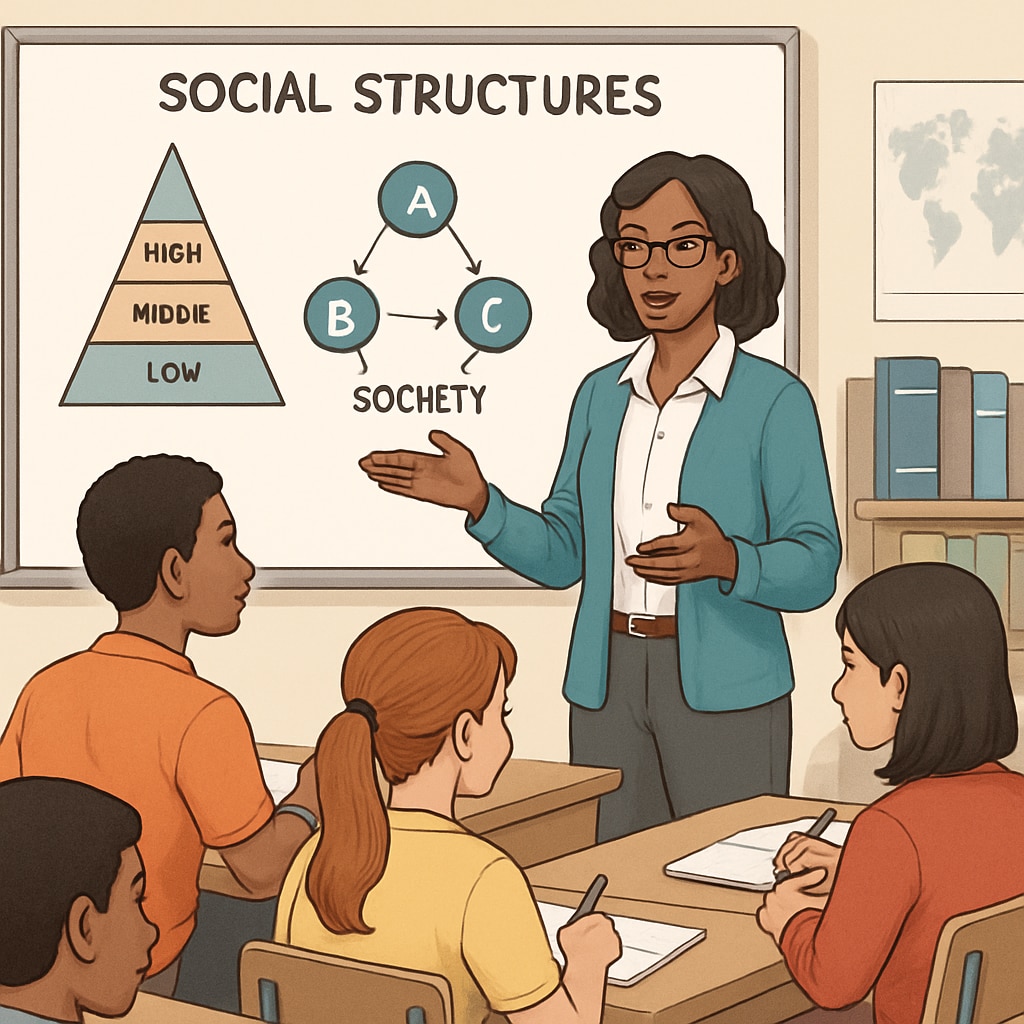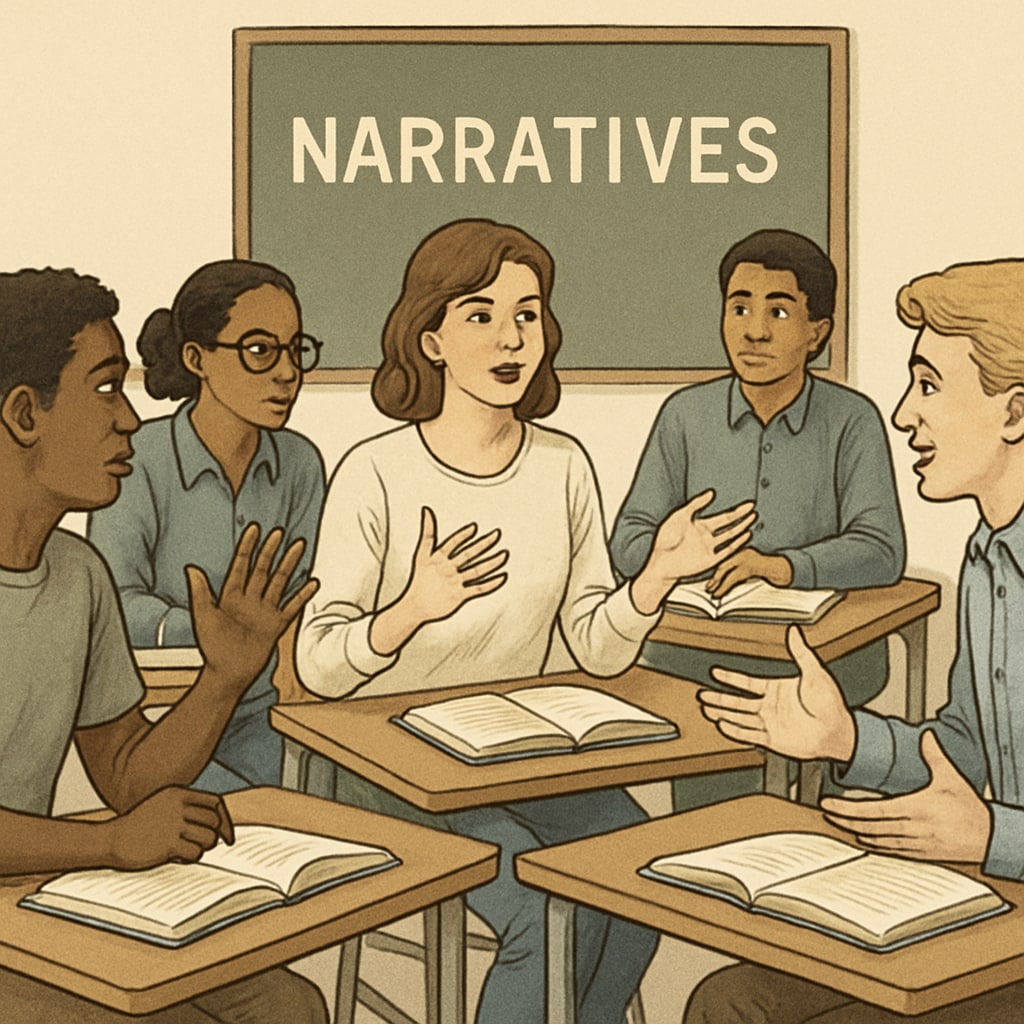The introduction of class system narratives in K12 education has sparked concerns about its impact on young minds. When schools present the idea of rigid social hierarchies, it risks embedding dangerous “僵化观念” (rigid beliefs) into students’ worldviews. These narratives, often framed under the guise of social studies or sociology, can inadvertently discourage critical thinking and promote a sense of inevitability about societal roles. As a result, students may internalize limitations on their aspirations and develop a worldview that stifles hope for social mobility.
The Risks of Teaching Class System Narratives
Educating students about societal structures is undoubtedly important, but how this information is framed matters significantly. Presenting class systems as fixed or immutable can lead to several issues:
- Stifled Critical Thinking: Students may accept societal hierarchies as they are, rather than questioning or analyzing them critically.
- Reduced Hope for Social Mobility: By portraying class systems as unchangeable, education risks fostering a defeatist attitude toward personal and collective progress.
- Perpetuation of Stereotypes: Simplistic narratives about class can reinforce harmful stereotypes and prejudice among students.
For example, a study by the Sociology of Education journal highlights how early exposure to biased narratives can shape students’ perceptions of fairness and opportunity. Therefore, it is crucial for educators to approach this topic with nuance and balance.

Encouraging Balanced and Hopeful Social Education
To mitigate the risks associated with class system narratives, educators and parents must take proactive measures. Here are some strategies:
- Promote Critical Analysis: Teach students to question and analyze societal structures rather than passively accept them.
- Highlight Success Stories: Share examples of individuals and communities that have overcome systemic barriers, inspiring hope and determination.
- Encourage Open Dialogue: Foster classroom discussions that allow diverse perspectives and critical engagement with the material.
In addition, partnering with parents reinforces these efforts. Parents can provide context and encouragement at home, ensuring children maintain a balanced and hopeful perspective on their potential. External resources, such as the Britannica overview on education, can also help educators design more inclusive content.

Our Responsibility as Educators and Parents
The responsibility of shaping young minds lies with both educators and families. By ensuring that social education does not lean on rigid, deterministic narratives, we can empower students to envision a future that transcends current societal constraints. Schools should provide a foundation for critical thinking and hope, equipping students to challenge the status quo and strive for positive change.
As society evolves, so too must our approach to education. The narratives we present today will shape the leaders and changemakers of tomorrow. Let us work together to ensure that these narratives inspire progress, equity, and innovation rather than perpetuate limitations.
Readability guidance: Use short paragraphs and lists to summarize key points. Apply a mix of examples and resources to maintain engagement. Ensure transitions (e.g., “however,” “therefore,” “for example”) guide the flow of ideas. Limit passive voice and focus on actionable insights for readers.


